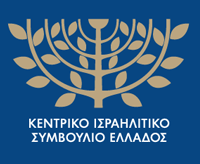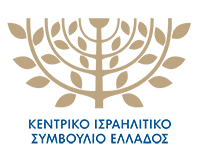ISRAELI COMMUNITY OF CORFU
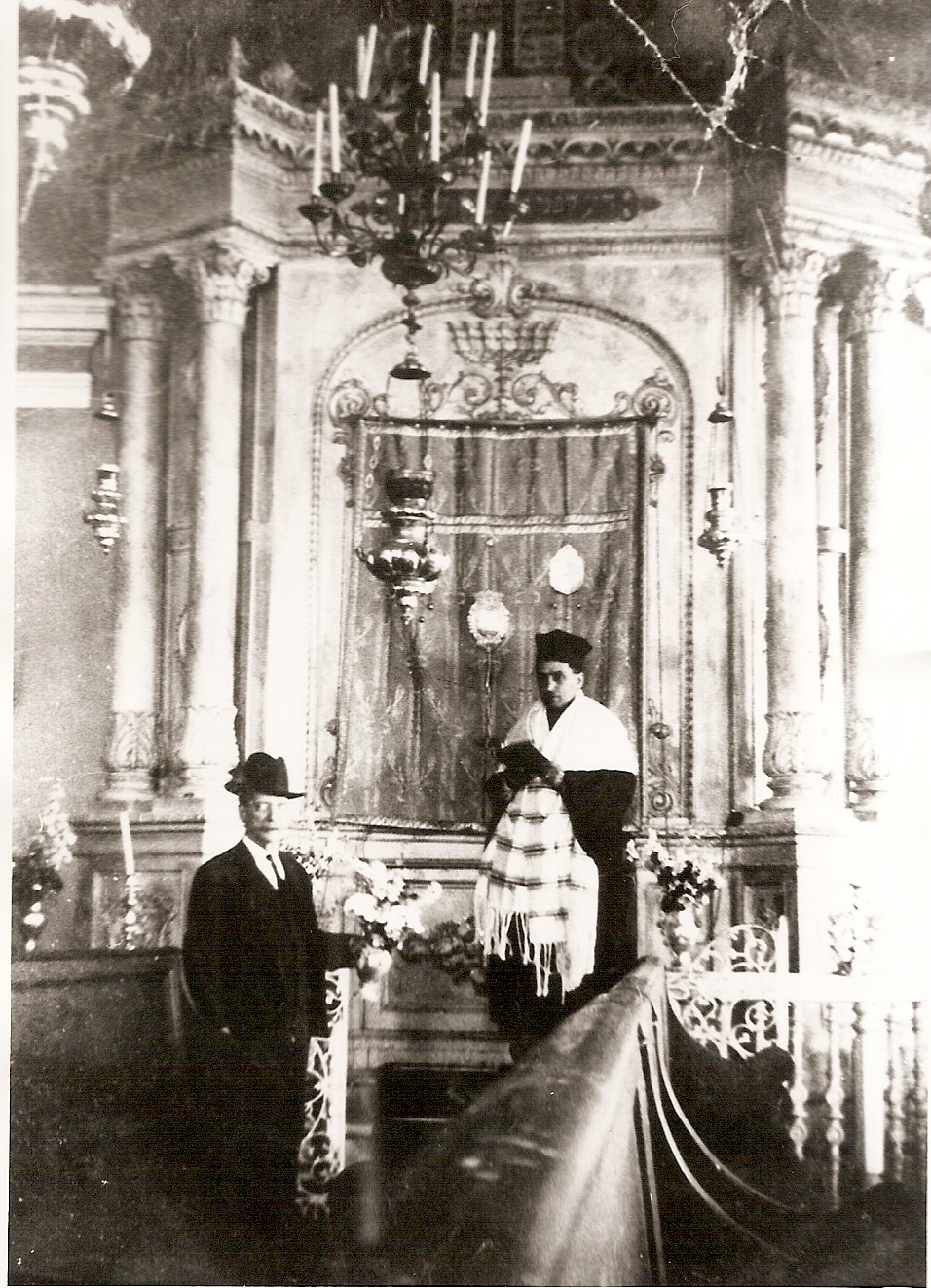
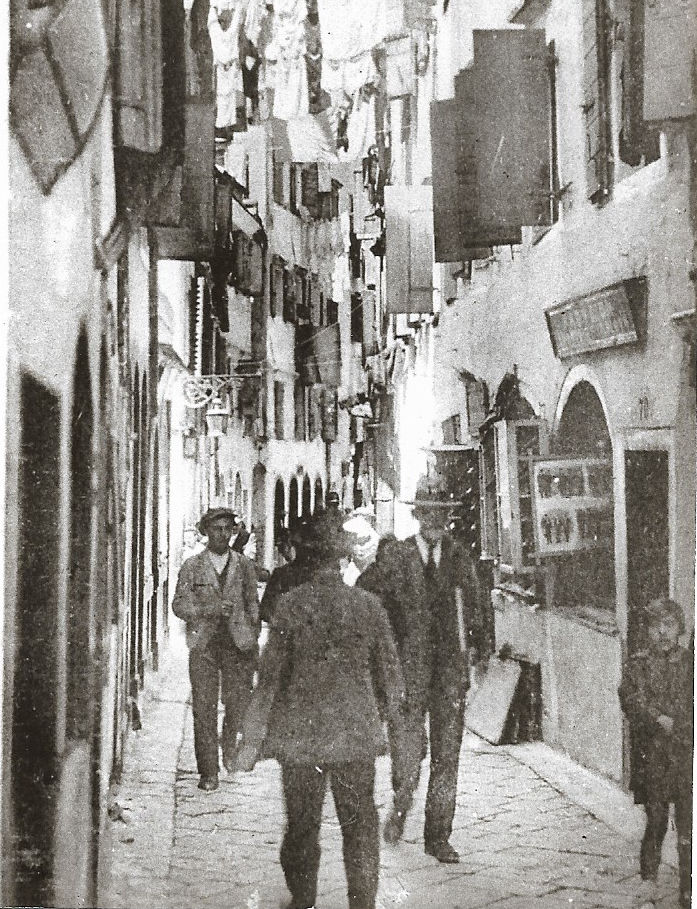 The first written testimony about the presence of Jews in Corfu is found in the "Itinerary" of the Spanish rabbi Benjamin ben Jonah, who wrote that during his visit there - in the 12th century - he met the Jew Joseph who was a dyer.
The first written testimony about the presence of Jews in Corfu is found in the "Itinerary" of the Spanish rabbi Benjamin ben Jonah, who wrote that during his visit there - in the 12th century - he met the Jew Joseph who was a dyer.
Later historians noted that in 1267 "there were numerous Jews on the island". In this year the island was occupied by the Andigavians (1267 -1336), a period during which the Jews faced the hostility of the population. For this reason, the Rulers issued decrees for the protection of the Jews, who at that time numbered a few hundred.
This was followed by the occupation of the island by the Venetians, in 1387, for a long period during which, in 1425, the conquerors forced the Jews to live among the Christians in various quarters.
After the expulsion of the Sephardim Jews from Spain, in 1492, some of them settled in Corfu. To them were added, in 1494, the persecuted Jews from Apulia, and later, in 1589, some former "Marranos" from Portugal, under the leadership of Don Samuel Senior. The new immigrants wanted to join the local "Romaniotiki" community but it did not accept, in order not to lose some privileges it had acquired in the meantime. So the immigrants created, in 1551, a second Community, the "Apuliani", living inside the fortress and having their own Synagogue and cemetery.
When the Venetian State decided, in 1571, to expel the Jews from its territory, it excluded those of Corfu because according to the decision of the Senate "This Community of Jews was beneficial to the city and the island".
The Venetians by their decree - on 9.2.1602 - imposed on the Jews the "distinctive mark which was for men a yellow cap and for women a yellow headscarf or a round yellow badge". The General Providence, with his decree in 1622, imposed new restrictions which were extended by new decrees on 1.3.1707.
These decrees were abolished when the French Democrats occupied the island, 1797 - 1799, granting some privileges to the Jews. These privileges were maintained when the French Imperials occupied the island in 1807.
The English, who occupied the island in 1814, limited some rights of the Jews, until the integration of the island into Greece, on 2.6.1864, when the State gave them equal rights with the rest of the population.
On 2.4.1891, the Jewish Community, then numbering 5.000 people, received a great blow from anti-Semitic events caused by religious prejudice, commercial competition and political expediency. During these episodes the mob indulged in attacks against the Jews, looting of houses and shops and unprecedented terrorism. Many Jews were then forced to immigrate to Egypt, France, Italy, England, etc.
From then on, the until then two separate communities, the Romaniotes and the Apulians, were united.
THE JEWISH NEIGHBORHOOD
.jpg)
 Since ancient times, the indigenous Jews/"Romaniotes"/lived on the hill "Kambielou" which later got the name "Ovriovouni" or "Jewish Mountain" / "Ebraida" / a toponym that is known to this day. The immigrants lived within the walls.
Since ancient times, the indigenous Jews/"Romaniotes"/lived on the hill "Kambielou" which later got the name "Ovriovouni" or "Jewish Mountain" / "Ebraida" / a toponym that is known to this day. The immigrants lived within the walls.
After weakening the decree of 1525 for the settlement of the Jews in the "Cave" location, a new strict decree of the General Providence - of 9.2.1622 - obliged the Jews to settle permanently in a district defined by the current streets of Belissario, Ag. Sophia and Palaiologos. In this densely populated area with many shops, they began to develop their religious life and professional activity.
THE SYNAGOGUES
After the destruction of the first immigrant Synagogue, "Kaal Cantos Italiano Korfiato" or "Pulieza" in 1537, the "VECCIA" or "Mitras" Synagogue was built in the Jewish quarter, on Palaiologou Street, which was burned down and rebuilt in 1926 but destroyed and again during the German bombings on 12.9.1943.
The Romanian Jews, after abandoning the "Kaal Kantos Tosavim" or "Greka" Synagogue located in "Obriovouni", built during the Anglo-occupation the "NUOVA" / "Nea" Synagogue, which is preserved to this day and operates normally at 4 Velissariou Street The offices of the Community and the room for funeral ceremonies were housed on the ground floor.
Wise rabbis were appointed to the Synagogues. The last of them was Yaakov Nehama (13.10.1931 - 8.6.1944), who was captured by the Germans and followed the fate of his flock in Auschwitz.
Each community had its own cemetery.
Romaniotiko was located on the "hill of Abraham" towards the slope of the new fortress. This place was given by Marshal Scholemburg "as a sign of gratitude to the Israelites, for their bravery and self-sacrifice during the siege of the Turks in 1716". The Sephardic cemetery was located near the first one, in the "Saroko" position, towards the side of the Holy Monastery of Platytera. It was granted by the Venetians during the exchange of estates in 1502. During the Occupation both cemeteries were vandalized and destroyed by the Germans. The new cemetery that operates today is located at the "Kefalomantouko" location, next to the Catholic cemetery.
NURSING HOME
The Community maintained a nursing home on Scholemburgou Street before the Second World War, the building of which was destroyed during the German bombing in 1943.
THE JEWISH SCHOOL AND EDUCATION
From the 13th century, Corfu was a center of "Torah" study. In the "Ionian Academy" there was a seat of the Hebrew language. Local newspaper publications of 31.12.1824 state that the "Talmud Torah School" was endowed with two endowments for the continuation of its operation. One of the wise rabbis, Geuda Vivas, who served at the school during the period 1832-1852, worked for educational reform.
Despite the financial difficulties of the Community, the operation of the school continued until the beginning of the 20th century. In 1915, Chief Rabbi Avraham Schreiber, with the help of teacher Moises Chaimis, founded a night school for needy Israeli students to whom the Community also provided a meal. His efforts were successful and the number of students increased from 30 to 230. He also founded, in 1925, a Priestly School.
The attendance of Jewish students in primary education continued in the 1931rd Primary School and from 1939 in the 40th Primary School, which also included kindergarten sections. In addition to the Greek language, Hebrew and Italian were taught at the school. In 208-76, there were XNUMX students and XNUMX in the kindergarten. During the war it functioned until the Nazi persecution during which all the Jews were arrested and sent to the camps.
PROFESSIONS
From the trade guides of the city of 1902 and 1930 we find that the Jews of the island practiced various professions. These include olive oil exporters, soap makers and umbrella manufacturers. There was also a doctor, a lawyer and a notary public. The Jews covered the whole range of trade, handicrafts and other small trades.
A pioneering printer was Iosif Nahamoulis who, with the modern printing media at his disposal, published religious etc. books, the magazine "Israeli Chronicles" from 1861 and "Israeli Family" from 1864. In the same printing house, the magazine of Moises Chaimis "Israeli Chronicle" was printed from 1899.
It is a fact that the contribution of the Jews to the commercial and economic development of the island was significant.
ASSOCIATES
From 1898, the establishment of the "Omonoia" Association is recorded, and from 1906, the operation of the "Megith Nirdanim" Zionist Association, which was later renamed "Tikvat Zion" and later "Theod. ΄Hertzl". Another Association existed, in 1931, with the title "Arrival of Light" which numbered 160 members.
PERSONALITIES
From the first years of their settlement on the island, the Jews held a prominent position in the economic, social and spiritual life of the place. Their patriotism and heroism, such as that of Isaac Abdela, during the siege of the Turks, in 1716, of Dan. Enter the battles of Bizanius and Solomon Mordos on the Albanian front. In all the wars for the defense of the island, Jewish youth enlisted for the defense of the homeland, while wealthy families provided large sums of money for the nation's struggles.
Through the long list of personalities we mention David Semo -1385- but also the later Lazaro de Mordo medical philosopher, Caesar Vivante, Solomon Rieti, Caesar and Emilio Uzilio, Joseph Fuld, Dona Besso, the Olivetti family, etc.
But Ilias and Theophilos de Mordo, Raphael Jesua, Victor de Semo, Savvinos Dentes and Joseph Nahamoulis were elected from time to time in the municipal affairs of the city. Spiritual children of Corfu were the intellectual painter Giulio Kaimis, the professor of Lazarus University - Menachem Velelis and the well-known writer Albert Cohen.
THE PERSECUTION
When Italy capitulated to the Allies, the island was occupied by the Germans on 27.9.1943. After a period of apparent calm, their order was published on 8.6.1944 calling on all Jews to remain in their homes.
About two hundred Jews were able to escape, while the next morning the Germans arrested all the Jews whom they sent to Auschwitz via Athens. The Nazis and the mob ransacked their homes and shops.
POST-WAR
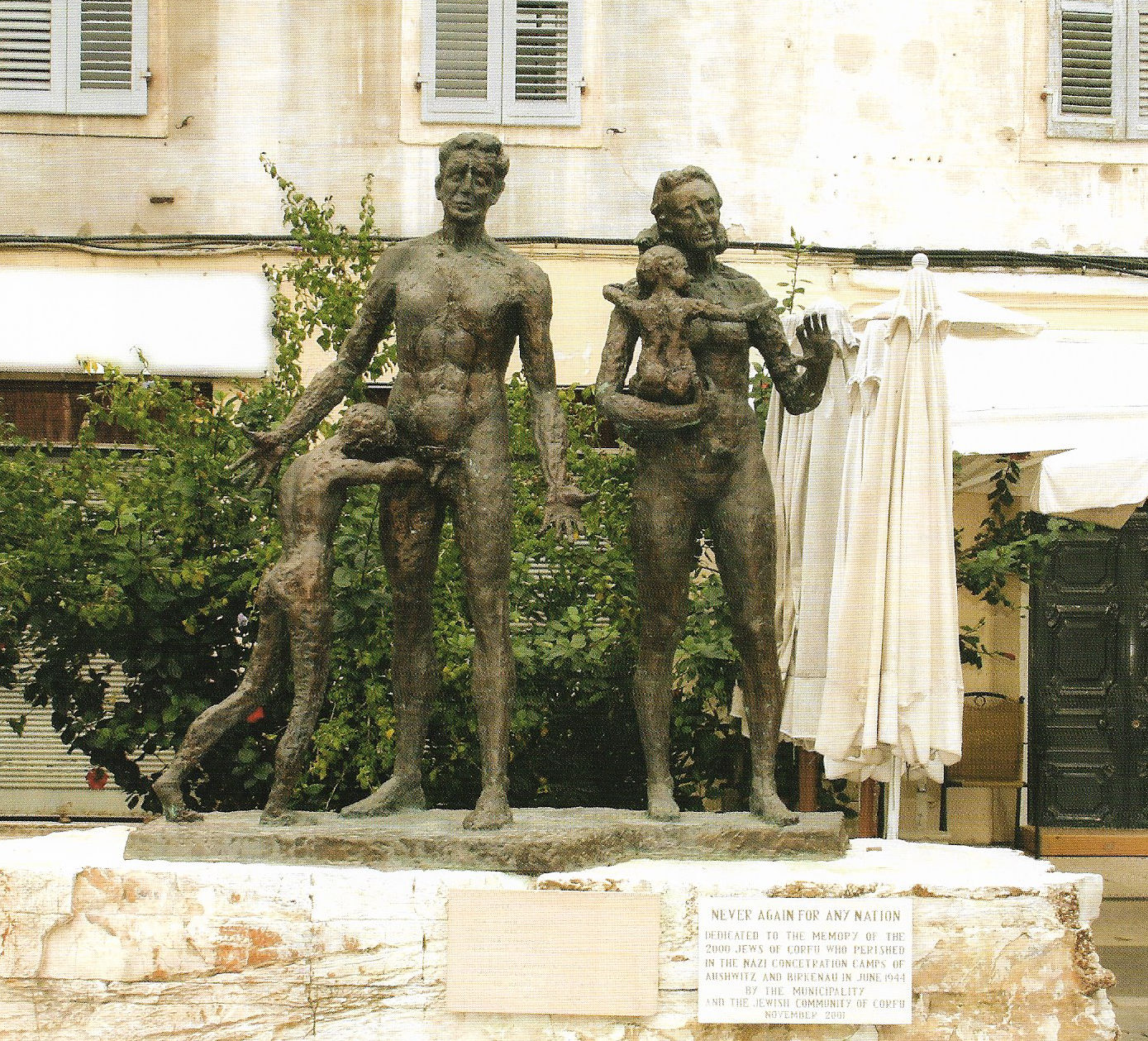 Of the 1.900 Corfu Jews who lived on the island before the war, only 180 survived the Holocaust. Many immigrated to Israel or settled in large cities. In 1946 the Community numbered 140 members, the Synagogue and the school were almost destroyed.
Of the 1.900 Corfu Jews who lived on the island before the war, only 180 survived the Holocaust. Many immigrated to Israel or settled in large cities. In 1946 the Community numbered 140 members, the Synagogue and the school were almost destroyed.
Over time, the Community regrouped and found its familiar rhythms again. Today the Jewish Community consists of only a few people. It retains, however, the Greek Synagogue and the Jewish cemetery. Important remnants of the once brilliant presence of the Corfu Jews survive in the old Jewish quarter, which is located in the center of the city. In the square of the New Fortress, in 2001, under the care of the Municipality and the Israeli Community, a Monument to the Jews who were exterminated in the Holocaust was placed.
